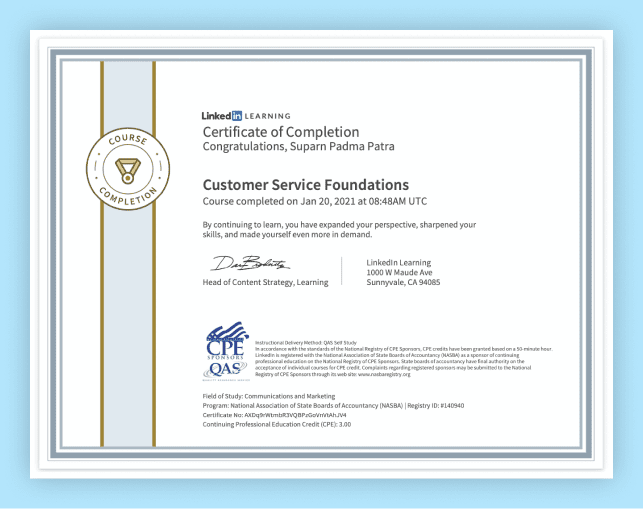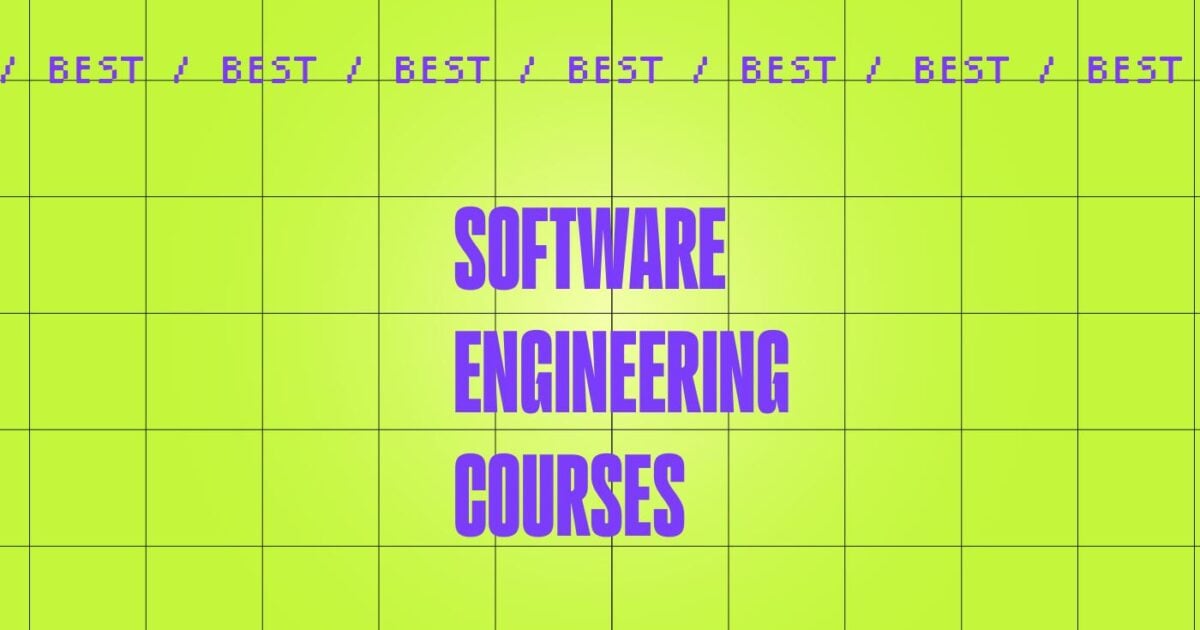All Categories
Featured
Table of Contents
- – About Embarking On A Self-taught Machine Learn...
- – All about Machine Learning Course - Learn Ml C...
- – Some Known Factual Statements About Aws Certi...
- – Some Known Incorrect Statements About What Do...
- – Machine Learning Devops Engineer Fundamental...
- – The smart Trick of How To Become A Machine L...
You possibly understand Santiago from his Twitter. On Twitter, every day, he shares a lot of sensible points about machine understanding. Alexey: Before we go right into our major topic of moving from software application engineering to equipment learning, maybe we can begin with your history.
I began as a software program designer. I went to college, got a computer technology degree, and I began developing software. I assume it was 2015 when I chose to go for a Master's in computer system scientific research. Back then, I had no idea concerning device discovering. I really did not have any rate of interest in it.
I understand you've been making use of the term "transitioning from software program design to equipment discovering". I like the term "contributing to my capability the artificial intelligence skills" a lot more because I assume if you're a software application engineer, you are already supplying a great deal of worth. By including artificial intelligence currently, you're augmenting the influence that you can have on the market.
So that's what I would certainly do. Alexey: This returns to among your tweets or possibly it was from your training course when you compare two approaches to learning. One approach is the trouble based method, which you just spoke about. You find a problem. In this case, it was some problem from Kaggle about this Titanic dataset, and you just discover how to fix this trouble making use of a particular tool, like choice trees from SciKit Learn.
About Embarking On A Self-taught Machine Learning Journey
You initially learn math, or linear algebra, calculus. When you recognize the mathematics, you go to equipment knowing theory and you learn the theory.
If I have an electric outlet here that I need replacing, I do not intend to go to college, spend four years recognizing the mathematics behind electrical power and the physics and all of that, just to transform an outlet. I prefer to start with the outlet and locate a YouTube video clip that helps me go via the problem.
Santiago: I truly like the idea of starting with a trouble, attempting to throw out what I understand up to that problem and understand why it doesn't function. Get the tools that I need to address that issue and begin excavating deeper and deeper and deeper from that point on.
Alexey: Perhaps we can talk a little bit concerning discovering resources. You stated in Kaggle there is an intro tutorial, where you can obtain and find out how to make decision trees.
The only demand for that training course is that you understand a little of Python. If you're a programmer, that's a fantastic beginning point. (38:48) Santiago: If you're not a developer, after that I do have a pin on my Twitter account. If you go to my profile, the tweet that's going to be on the top, the one that states "pinned tweet".
All about Machine Learning Course - Learn Ml Course Online

Even if you're not a programmer, you can begin with Python and function your method to more artificial intelligence. This roadmap is concentrated on Coursera, which is a system that I actually, really like. You can examine every one of the training courses free of charge or you can spend for the Coursera subscription to get certificates if you intend to.
That's what I would do. Alexey: This returns to among your tweets or perhaps it was from your training course when you compare 2 techniques to discovering. One strategy is the issue based method, which you simply chatted around. You find an issue. In this instance, it was some trouble from Kaggle about this Titanic dataset, and you just find out just how to resolve this trouble using a specific tool, like choice trees from SciKit Learn.

You initially find out mathematics, or linear algebra, calculus. When you know the mathematics, you go to machine understanding concept and you discover the concept.
If I have an electric outlet right here that I need changing, I do not intend to go to college, invest four years recognizing the mathematics behind electrical energy and the physics and all of that, just to change an outlet. I would instead start with the electrical outlet and discover a YouTube video that helps me undergo the problem.
Poor analogy. You get the concept? (27:22) Santiago: I truly like the idea of starting with a trouble, attempting to toss out what I recognize approximately that problem and understand why it doesn't function. Get the devices that I need to fix that problem and begin excavating much deeper and deeper and much deeper from that point on.
To ensure that's what I generally suggest. Alexey: Possibly we can speak a little bit concerning discovering resources. You discussed in Kaggle there is an intro tutorial, where you can obtain and discover just how to choose trees. At the beginning, before we began this interview, you mentioned a couple of publications also.
Some Known Factual Statements About Aws Certified Machine Learning Engineer – Associate
The only demand for that program is that you recognize a little bit of Python. If you go to my profile, the tweet that's going to be on the top, the one that states "pinned tweet".
Even if you're not a programmer, you can start with Python and work your method to more artificial intelligence. This roadmap is concentrated on Coursera, which is a system that I truly, really like. You can investigate every one of the courses free of charge or you can spend for the Coursera membership to get certifications if you intend to.
Some Known Incorrect Statements About What Do Machine Learning Engineers Actually Do?
So that's what I would do. Alexey: This comes back to among your tweets or possibly it was from your course when you contrast 2 strategies to knowing. One technique is the problem based strategy, which you simply talked about. You locate a problem. In this situation, it was some problem from Kaggle regarding this Titanic dataset, and you simply find out how to address this problem using a details tool, like decision trees from SciKit Learn.

You initially discover math, or linear algebra, calculus. When you know the math, you go to equipment discovering concept and you learn the theory.
If I have an electric outlet below that I require replacing, I don't wish to most likely to college, invest four years recognizing the math behind electrical power and the physics and all of that, just to alter an outlet. I would certainly rather start with the electrical outlet and discover a YouTube video that assists me go through the trouble.
Bad analogy. You obtain the concept? (27:22) Santiago: I actually like the idea of beginning with a trouble, attempting to toss out what I recognize as much as that problem and comprehend why it doesn't work. Then grab the tools that I require to fix that trouble and begin digging deeper and deeper and deeper from that factor on.
Alexey: Perhaps we can speak a little bit concerning learning resources. You stated in Kaggle there is an introduction tutorial, where you can obtain and find out exactly how to make decision trees.
Machine Learning Devops Engineer Fundamentals Explained
The only need for that program is that you understand a bit of Python. If you're a programmer, that's a wonderful beginning factor. (38:48) Santiago: If you're not a programmer, after that I do have a pin on my Twitter account. If you most likely to my account, the tweet that's mosting likely to be on the top, the one that says "pinned tweet".
Even if you're not a designer, you can start with Python and function your method to even more artificial intelligence. This roadmap is concentrated on Coursera, which is a system that I truly, actually like. You can audit every one of the courses absolutely free or you can spend for the Coursera subscription to get certificates if you wish to.
That's what I would do. Alexey: This returns to one of your tweets or perhaps it was from your course when you compare 2 techniques to understanding. One method is the issue based technique, which you just discussed. You locate a problem. In this instance, it was some trouble from Kaggle concerning this Titanic dataset, and you just discover exactly how to solve this problem utilizing a particular tool, like choice trees from SciKit Learn.
You first find out mathematics, or linear algebra, calculus. When you know the mathematics, you go to machine learning theory and you find out the theory.
The smart Trick of How To Become A Machine Learning Engineer [2022] That Nobody is Talking About
If I have an electric outlet below that I require changing, I don't wish to most likely to college, spend 4 years comprehending the mathematics behind electrical power and the physics and all of that, just to alter an outlet. I prefer to start with the outlet and find a YouTube video that assists me go through the issue.
Santiago: I truly like the concept of starting with a trouble, attempting to toss out what I know up to that trouble and recognize why it does not work. Order the tools that I require to fix that trouble and start excavating much deeper and deeper and deeper from that point on.

Alexey: Perhaps we can chat a bit regarding finding out resources. You discussed in Kaggle there is an intro tutorial, where you can get and find out just how to make choice trees.
The only requirement for that training course is that you know a little bit of Python. If you go to my account, the tweet that's going to be on the top, the one that claims "pinned tweet".
Even if you're not a programmer, you can start with Python and work your method to even more device understanding. This roadmap is concentrated on Coursera, which is a platform that I really, really like. You can examine every one of the programs absolutely free or you can pay for the Coursera membership to get certificates if you want to.
Table of Contents
- – About Embarking On A Self-taught Machine Learn...
- – All about Machine Learning Course - Learn Ml C...
- – Some Known Factual Statements About Aws Certi...
- – Some Known Incorrect Statements About What Do...
- – Machine Learning Devops Engineer Fundamental...
- – The smart Trick of How To Become A Machine L...
Latest Posts
Software Engineer Interview Topics – What You Need To Focus On
How To Answer Business Case Questions In Data Science Interviews
How To Prepare For A Technical Software Engineer Interview At Faang
More
Latest Posts
Software Engineer Interview Topics – What You Need To Focus On
How To Answer Business Case Questions In Data Science Interviews
How To Prepare For A Technical Software Engineer Interview At Faang